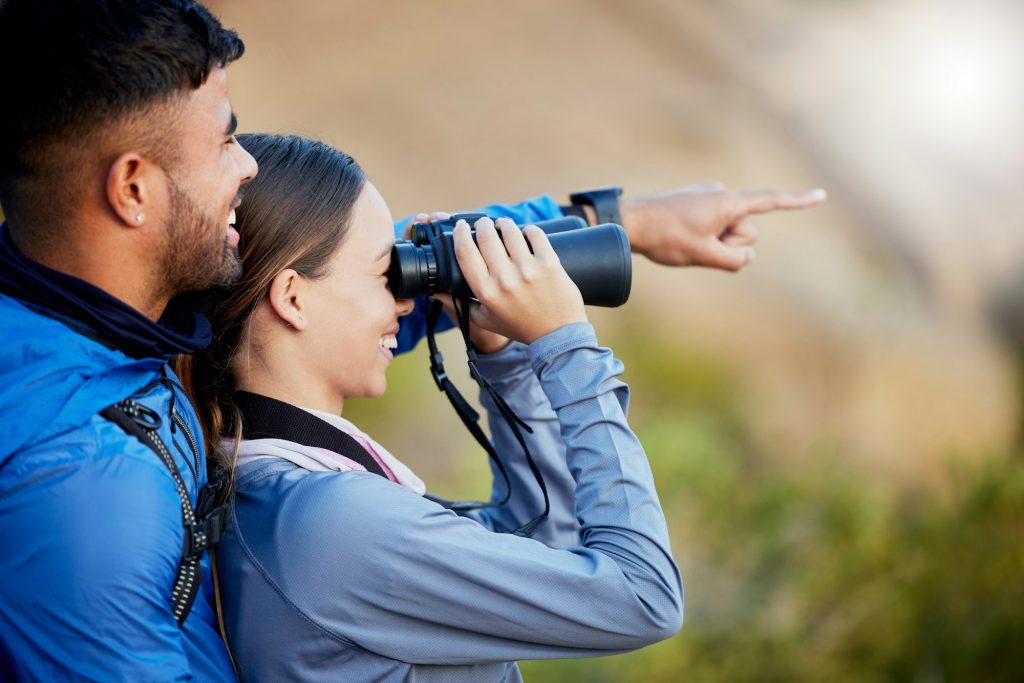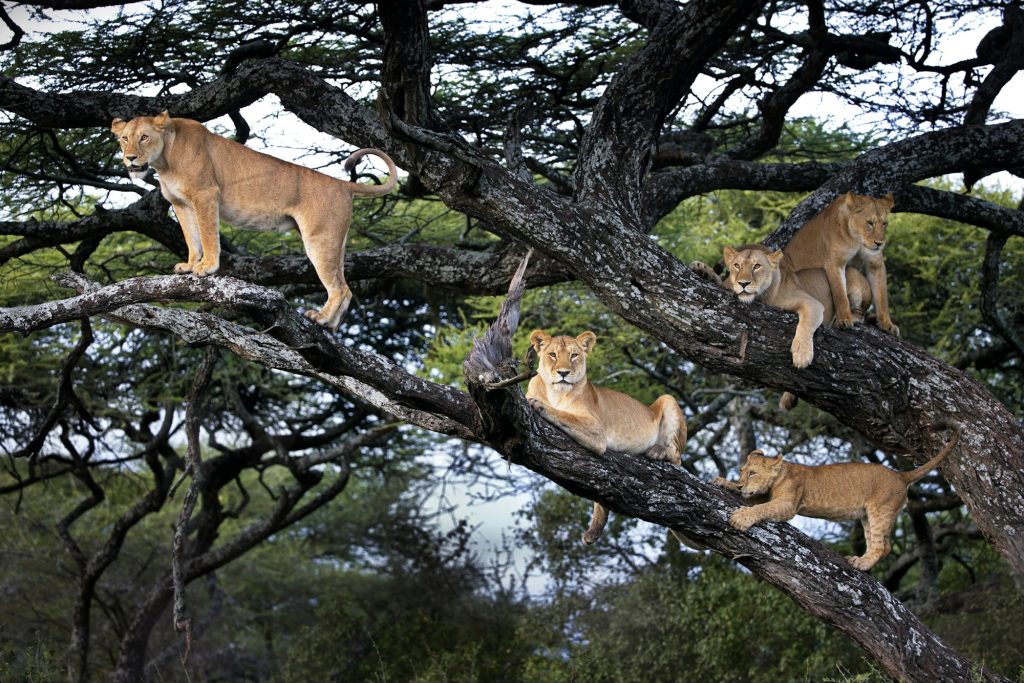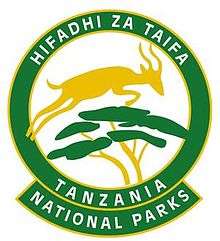Tanzania offers an unforgettable experience with its stunning landscapes and diverse wildlife. Whether you’re eager to witness the Great Migration in the Serengeti, explore the vibrant colors of Zanzibar, or marvel at the Ngorongoro Crater’s grandeur, timing your visit can enhance the experience. Prime game viewing happens during the dry season from June to October, when animals gather around water sources. However, visiting during the green season from March to May or the short dry stretch between December and February offers a quieter ambiance and lush scenery. Each region has its own charm; the Serengeti is famous for its year-round wildlife, particularly during the Great Migration and calving season. Meanwhile, Zanzibar beckons with crystal-clear waters perfect for snorkeling from June to October. Whether you’re climbing Mount Kilimanjaro or exploring hidden gems like the Ruaha or Tarangire National Parks, understanding the best times to visit ensures you’ll capture the mesmerizing beauty that Tanzania unfurls.
1. Best Time to Visit Tanzania

Tanzania offers a diverse range of experiences depending on the time of year you visit. The dry season, spanning from late June to October, is ideal for wildlife enthusiasts seeking to witness the iconic Great Migration in the Serengeti, especially between June and July. During this time, the weather is pleasant, making it ideal for climbing Mount Kilimanjaro as well. For those interested in birdwatching, the months from November to April are perfect, as migratory birds add to the vibrant avian population. While the wet season from March to May brings lush landscapes, it also results in fewer tourists, offering a more serene experience. However, it is best to avoid the coastal areas during this time due to heavy rains. Zanzibar’s beaches are most enjoyable from June to October, providing sunny and dry conditions. For a more budget-friendly and less crowded visit, consider the shoulder months of November and February. The Ngorongoro Crater, on the other hand, remains a wonderful destination throughout the year, ensuring excellent wildlife viewing regardless of the season. Plan ahead for accommodations and safari bookings during peak months to ensure a smooth and memorable trip.
| Month | Activities | Weather |
|---|---|---|
| June – October | Wildlife viewing, Mount Kilimanjaro climbing, Beach weather in Zanzibar | Dry season, clear skies, moderate temperatures |
| November – February | Birdwatching, Less crowded safaris | Shoulder season, fewer crowds, good for migratory birds |
| March – May | Lush landscapes, quieter safaris | Wet season, heavy rains on coast, potential flooding |
2. Serengeti National Park Highlights

The Serengeti National Park is a treasure trove of natural wonders, offering visitors the chance to witness the awe-inspiring Great Migration, where millions of wildebeest and zebras journey across the plains. For those keen on year-round wildlife viewing, the Seronera area is a must-visit, known for its concentration of big cats like lions and leopards. Not far from here, the Grumeti River teems with hippos and crocodiles, making it an exciting spot for animal sightings. Adventurous souls may opt for a balloon safari, which provides a breathtaking aerial view of the park’s vast landscapes and diverse wildlife.
The Moru Kopjes add another layer of intrigue with their striking rock formations and the chance to see the elusive black rhinos. Meanwhile, the Western Corridor offers a front-row seat to the migration as the animals brave the Grumeti River. For those seeking quieter experiences, the Lobo area in the north provides remote and less crowded game viewing opportunities. Accommodation ranges from luxurious lodges to mobile camps that bring you closer to nature’s heart.
Birdwatchers will find paradise here, with over 500 species to marvel at. A visit to the Serengeti Visitor Centre can enrich your understanding of the park’s complex ecology, ensuring a deeper appreciation of this magnificent landscape.
- Witness the Great Migration, a spectacular movement of wildebeest and zebras.
- Visit the Seronera area for year-round wildlife viewing, especially big cats.
- Explore the Grumeti River area for great sightings of hippos and crocodiles.
- Balloon safaris offer a unique perspective of the vast plains and wildlife.
- The Moru Kopjes are known for their scenic rock formations and black rhinos.
- Visit the Western Corridor to see the migration crossing the Grumeti River.
- The Lobo area in the north offers remote and less crowded game viewing.
- Stay in luxury lodges or opt for mobile camps for a more adventurous experience.
- The park is home to over 500 bird species, ideal for birdwatching enthusiasts.
- Plan a visit to the Serengeti Visitor Centre for insights into the park’s ecology.
3. Zanzibar Island Travel Tips

Zanzibar Island offers a blend of history, culture, and natural beauty that captivates every traveler. Begin your journey in Stone Town, a UNESCO World Heritage site, where the intricate architecture tells stories of its storied past. For beach lovers, the northern coast’s Nungwi and Kendwa beaches provide pristine sands and clear waters, perfect for relaxation.
Explore Zanzibar’s rich spice history with a spice tour, where you can learn about the island’s crucial role in the spice trade. Don’t miss a visit to Prison Island to see the giant tortoises and understand its intriguing history. Nature enthusiasts will appreciate the Jozani Forest, home to the rare red colobus monkeys and a diverse array of plant life.
For those interested in marine life, Mnemba Atoll and Pemba Island are top spots for diving and snorkeling. The island’s vibrant culture is influenced by African, Arabian, and Indian traditions, reflected in its delicious cuisine. Sample local dishes like biryani, pilau, and fresh seafood. When visiting places like Stone Town, dress modestly to respect local customs.
Cap off your day with a romantic dhow cruise at sunset, offering breathtaking views of the horizon. Zanzibar’s diverse attractions promise a memorable experience for every visitor.
4. Ngorongoro National Park Insights
Ngorongoro National Park is a treasure trove of natural wonders and cultural heritage. At its heart lies the Ngorongoro Crater, the world’s largest inactive volcanic caldera, offering a unique ecosystem that supports the Big Five: lions, elephants, leopards, buffalo, and rhinos. For those looking to witness these magnificent creatures, the dry season from June to October is ideal for wildlife viewing. The crater floor is a tapestry of forests, swamps, and grasslands, which also makes it a paradise for birdwatchers, hosting over 500 bird species including flamingos and ostriches.
This UNESCO World Heritage site is not only rich in wildlife but also in history. Nearby, the Olduvai Gorge, known as the cradle of humankind, offers a glimpse into our ancient past. Visitors can also engage with the Maasai tribes who inhabit the area, providing enriching cultural experiences.
Staying at lodges on the crater rim grants stunning panoramic views and easy access to the park. It is important to limit time on the crater floor to help preserve its delicate ecosystem, ensuring this natural wonder remains for future generations to enjoy.
Frequently Asked Questions
1. When is the best time to visit the Serengeti for the wildebeest migration?
The best time to see the wildebeest migration in the Serengeti is from July to September when the herds cross the Mara River.
2. What is the ideal season to enjoy the beaches of Zanzibar?
The best time to enjoy Zanzibar’s beaches is during the dry season, from June to October, when the weather is sunny and pleasant.
3. What time of year is perfect for visiting the Ngorongoro Crater?
Visiting the Ngorongoro Crater is ideal from June to September when wildlife is easier to spot as animals gather around water sources.
4. What weather should I expect in Tanzania during the prime visiting times?
During the prime visiting times from June to October, expect warm days with little rain, making it perfect for safaris and beach trips.
5. Is it safe to travel to Tanzania during the recommended months?
Yes, it is generally safe to travel to Tanzania during the dry season. Just follow travel advisories and take usual precautions.
TL;DR Visit Tanzania during the dry season (June to October) for the best wildlife viewing in Serengeti, idyllic beaches in Zanzibar, and the Ngorongoro Crater. Witness the Great Migration in Serengeti from June to July or January to February. Explore Zanzibar’s Stone Town, pristine beaches, and vibrant culture. The Ngorongoro Crater offers year-round Big Five sightings, with peak conditions in the dry season. Consider shoulder months for fewer crowds and better deals, and respect local customs while enjoying Tanzania’s diverse natural and cultural attractions.








